Virgin Mary Icon
The Virgin Mary, known as the Theotokos or God-bearer in Christian tradition, occupies a central role in the faith, revered not only for her maternal relationship with Jesus Christ but also as an enduring symbol of compassion, humility, and divine grace. Iconography of the Virgin Mary has been developed over centuries, creating a rich tapestry of visual narratives that invite reflection and devotion among believers.
The story of Mary begins in the New Testament, primarily in the Gospels of Matthew and Luke. She was a young woman from Nazareth, living a simple life until the angel Gabriel appeared to her with the announcement of her immaculate conception—the moment she was called to bear the Son of God. This encounter has been artistically depicted in countless icons, capturing Mary’s astonishment and acceptance of God’s will, famously known as the Annunciation. In many representations, Mary is shown with a serene, contemplative expression, symbolizing her openness to divine mystery. This moment serves as a profound reminder of faith and obedience, characteristics that define her throughout the Christian tradition.
Icons of Mary often depict her in various roles that highlight her multifaceted nature. One of the most popular representations is the “Madonna and Child,” where Mary is shown tenderly holding the infant Jesus. This intimate portrayal underscores the central theme of motherhood within Christianity, emphasizing Mary’s role not only as the mother of Jesus but also as a universal maternal figure who nurtures and protects all believers. The reverence for this image transcends cultural boundaries, inspiring countless artists to depict Mary and her child with both tenderness and strength.
As the early Church developed, Mary’s role was further affirmed in theological discourse. The Council of Ephesus in 431 AD declared her as Theotokos, which deepened her significance within the orthodox Christian understanding. This title reflects the belief that Jesus Christ is both fully divine and fully human, and by calling Mary the Mother of God, the Church emphasizes her central role in the Incarnation. Icons from this epoch often depict her with an ethereal quality, wrapped in rich robes symbolizing her purity and divine favor. Her facial features are usually stylized to evoke an otherworldly presence, encouraging believers to approach her with reverence and love.
Throughout the centuries, Mary’s iconography evolved, mirroring the cultural contexts and spiritual needs of believers. In Byzantine art, for example, Mary is often portrayed with wide eyes filled with compassion, her hands in prayerful gestures that signify her intercessory role. Variants such as the “Hodegetria” (She who shows the way) depict her pointing towards Jesus, illustrating her function as a guide to the faithful. This portrayal invites the viewer to recognize Mary as a path to her son, embodying the notion that through her, one can approach Christ more readily.
The medieval period saw a flourishing of Marian devotion, leading to the creation of icons that celebrated her various titles, such as Our Lady of Sorrows or Our Lady of Perpetual Help. These icons not only provided a focus for personal prayer but also became central to public worship within churches. Our Lady of Sorrows, for instance, depicts Mary with seven swords piercing her heart, representing her profound grief and suffering as she witnessed her Son’s Passion and death. This icon serves to connect believers with the shared experience of suffering, inviting them to find solace in Mary’s own anguish.
Mary’s role expanded further during the Renaissance, with artists like Raphael elevating her image to one of ideal beauty and grace. His iconic “Sistine Madonna,” for example, captures her serene dignity and maternal bond with Jesus, framed by angels. This icon reflects the growing emphasis on the humanity of Mary and her relationship with Christ, catering to a desire for a more personal connection with the divine.
The Baroque and subsequent periods continued to evolve Marian iconography, with depictions that embraced emotional expressiveness and dramatic flair. Mary became not only an object of veneration but also a powerful intercessor in times of hardship. Many icons from this period feature dynamic poses, vibrant colors, and intricate details that invite viewers to engage emotionally with her story.
The global reach of Marian devotion is evident through iconic variations such as Our Lady of Guadalupe, an image that holds immense significance in Mexican culture and represents the blending of indigenous and Christian beliefs. This icon is said to have appeared to Juan Diego in 1531 and has become a symbol of hope, identity, and faith for millions, demonstrating Mary’s ability to transcend cultural boundaries and unify believers.
In contemporary times, the Virgin Mary continues to inspire artists and devout individuals alike, with new interpretations emerging across the globe. The reconciliation of traditional iconographic elements with modern themes allows the story of Mary to remain relevant and deeply impactful. Artists now explore her role in the context of social justice, empowerment, and inclusivity, inviting a broader audience to connect with her legacy.
The story of the Virgin Mary, as told through iconography, is an evolving testament to her significance within the Christian faith, embodying the ideals of compassion, strength, and maternal love. Each icon serves as a window into her life, inviting believers into reflection, prayer, and deeper understanding. Ultimately, Mary stands as a timeless figure, bridging the divine and human realms and inviting all to find refuge in her nurturing embrace. Through her, the faithful are encouraged to explore their own journeys, embracing the virtues she exemplifies as they navigate the complexities of life and faith.
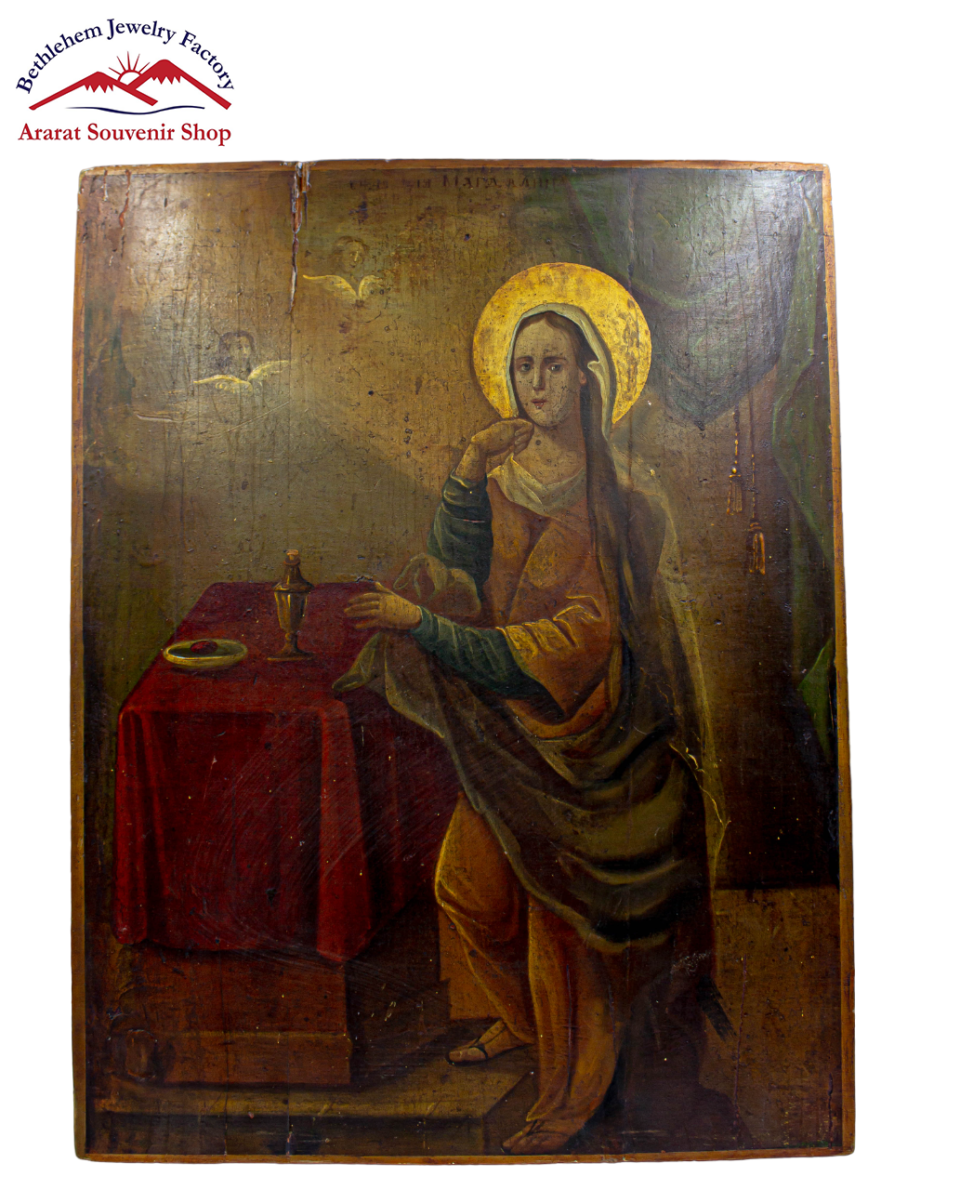
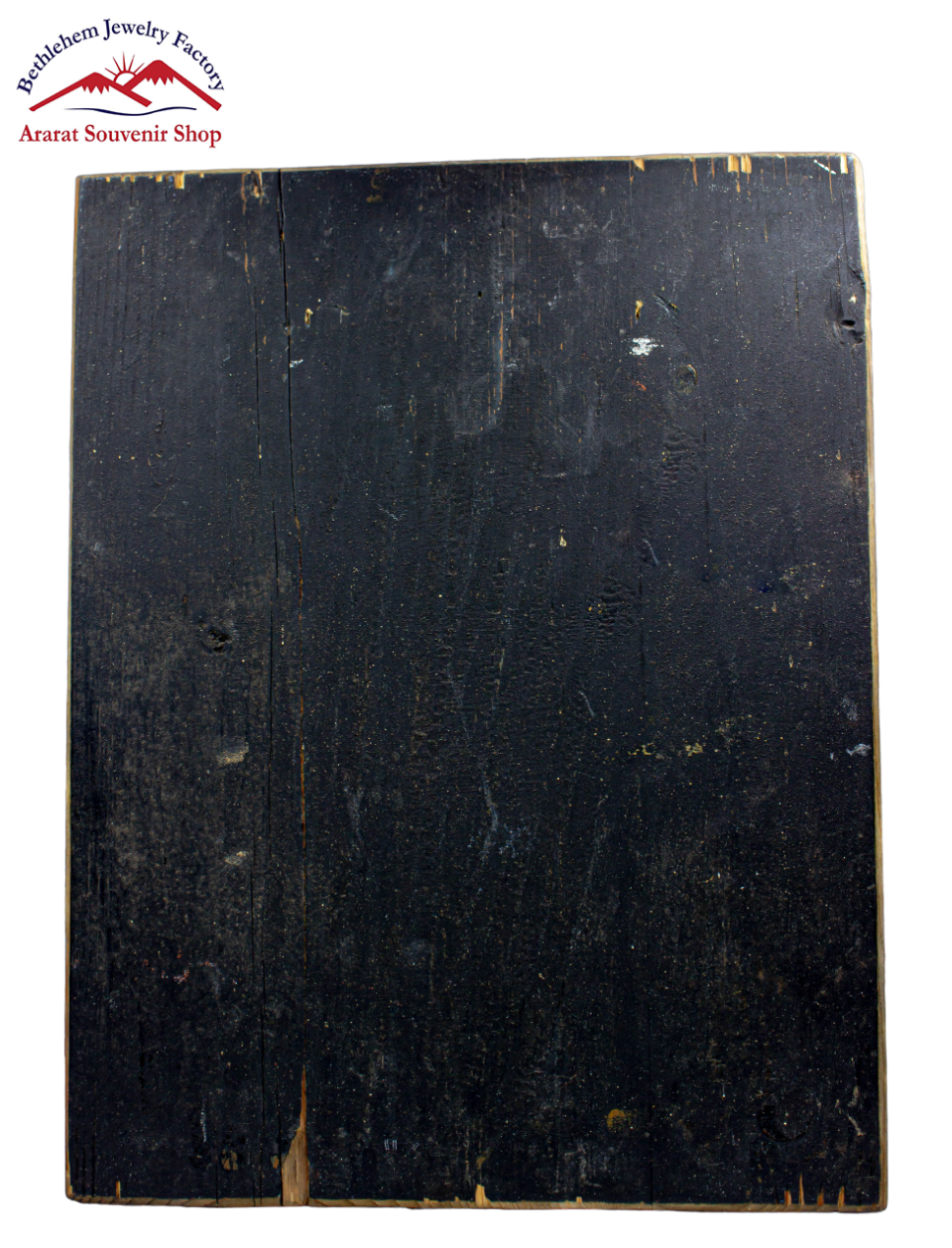


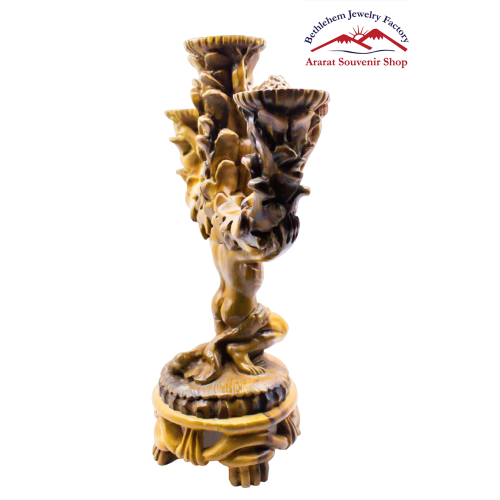



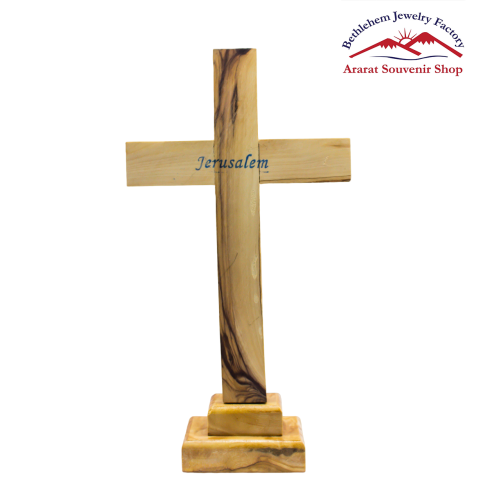

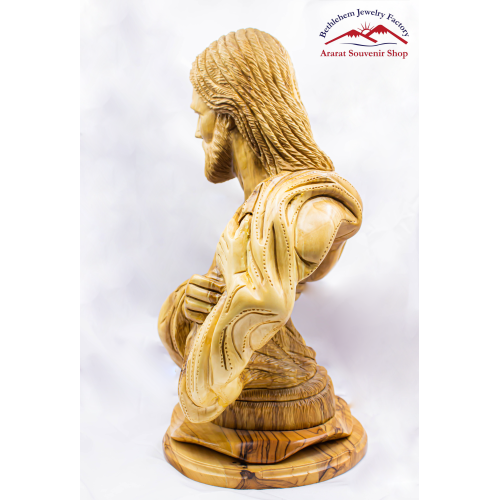
Reviews
There are no reviews yet.